Issue #79: “Keeper,” Reviewed and Loved
Double Fine’s latest gets some well-deserved Mojo love.
Mojo Proper™ has taken a tumble, so exclusively for The Adventurer’s subscribers, we’re posting our Keeper review here. Our actual website will hopefully be back in commission soon.
Double Fine returns with its first post-Psychonauts 2 title, the appropriately weird and surreal Keeper. And it’s pretty great.
If you’ve read or watched any of its many previews, you already know that Keeper’s premise is minimal: A bird – Twig – is on the run from a dark mass when it crash-lands onto a lighthouse. The lighthouse wakes up and uses its light to obliterate the darkness before it grows legs and resolutely starts wandering toward… well, who knows where. But Twig stays right there with them to help solve puzzles and guide them toward the final destination.
It’s easier said than done to explain what type of game Keeper actually is. Double Fine calls it a “puzzle adventure,” which is true, but that doesn’t fully capture the gameplay. A “surreal hiking simulator” might be more appropriate, but that’s too close to the oft disparaged “walking simulator.” Either way, hiking is one of Keeper’s core concepts. Project lead Lee Petty found inspiration during his treks at the height of the pandemic. As anyone who goes on hikes with any regularity will attest to, they’re not boring like “walking simulators”-detractors often try to make them out to be. Hikes, for many of us, are introspective, and, to me, that is what Keeper ultimately is. Introspective. That might not be a genre, but it should be: “Introspection,” sweeping the nation and returning us to some sort of normalcy, which, ultimately, is what Keeper is about. Moving forward while using your light to eradicate darkness.
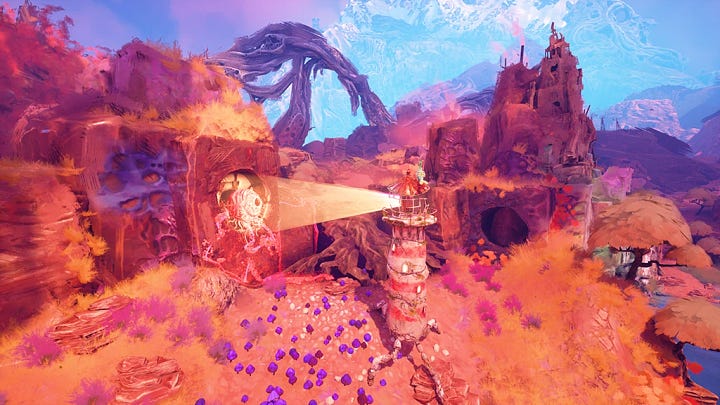
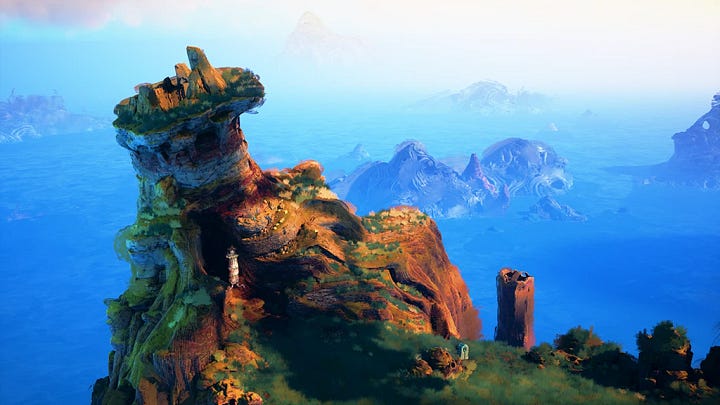
As far as the actual gaming mechanisms go, I get why Double Fine would call Keeper a “puzzle adventure.” In addition to walking around in a fully formed world – more about that in a bit – the game relies heavily on something adjacent to traditional puzzles. The game has no dialogue, and hints and progress come from shining your light around the environment while using Twig to interact with levers and cogs. The general goal is to let the lighthouse and Twig move forward to… wherever they’re going… by removing obstacles.
I’m not much of a puzzle solver, so I appreciate that Keeper has a good grasp on human logic. Not once did I find any of the riddles to be obtuse, which, seeing that there are no traditional hints to lean on, is impressive. It’s helpful that the puzzles are set in confined areas, and there is little to no need to travel back and forth to search for objects you might have missed. (That’s very much in tune with proper hikes – backtracking is a chore.)
A Living, Breathing World
Simple as the initial plot may be, a more concrete story (very) gradually unfolds as you progress. I’m not going to get into the meat of it here – the melancholy and joyful discoveries are significant parts of the game – but Keeper has a story that goes beyond what first meets the eye.
So, while the gameplay is satisfying – with intuitive controls and a well-implemented automated camera system – more than anything, it’s the world of Keeper that is intriguing. The graphics are among the most beautiful I’ve seen in a long time, where otherworldly flora and fauna mix with mechanical gadgets and creatures. For those who remember Roger Dean’s work on the old Psygnosis Amiga games (and Yes albums, if that’s your jam), you will have a very good idea of what to expect.

It’s a surreal vibe, and is more something you’d expect to see in a modern-arts installation than in a video game. The organic sound design integrates perfectly with the visuals, as does the Brian Eno-esque minimalist score.1
The game is reasonably long, with environments that change and evolve both visually and audibly. And, while there is no dialogue, Twig can interact – “emote” – with just about anything on screen.
Too, shine your light on the environments, and they’ll react accordingly. Plants, for example, will grow and provide food for creatures. Keep exploring, and you will discover hidden areas with some hints about the universe. Were there ever humans there? Are we in an entirely separate alternate world? A lot is left up to your interpretation, something I am always a fan of. Anything that can spark your imagination is a good thing.
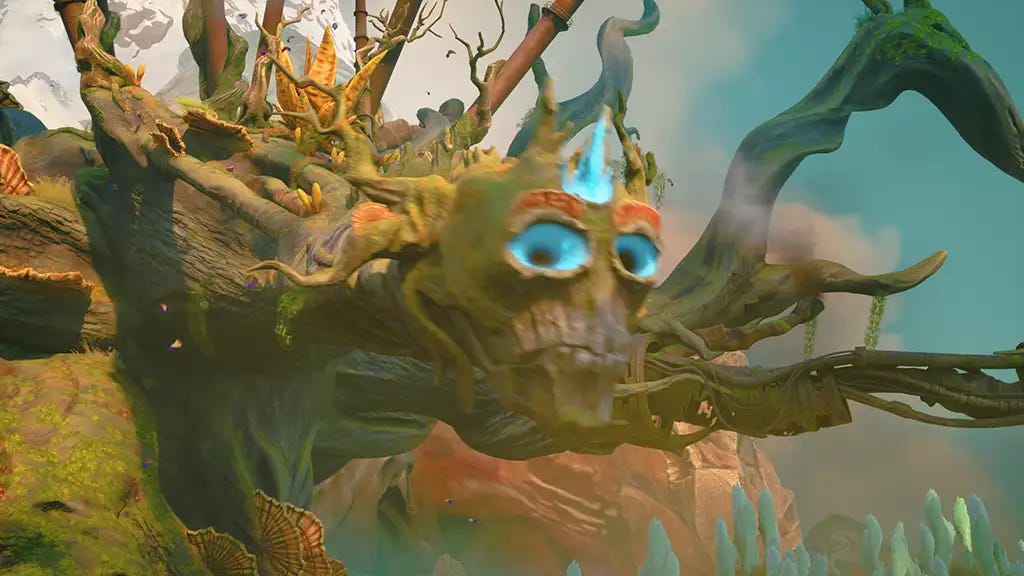
I expected Keeper to be a smaller in-between-major-games production, but while it might be more intimate than something like Psychonauts, its production values are as high as many AAA titles.
I never got into Petty’s RAD, not because there was anything wrong with it, but rather because it wasn’t my thing. There will be those who share the same sentiment about Keeper, given its abstract narrative and slow-paced gameplay. It is likely an acquired taste. Yet, I will implore even those who don’t feel Keeper is “their thing” to at least give it a chance, particularly if you have Game Pass or whatever – a low-level investment. Maybe it’s time for me to go back to RAD?
Keeper, at least, is one of the best games I’ve played in many years. Its world is fascinating, its puzzles interesting, and its story a continuously immersive guessing game. An emotional game at that, and the I Got Something in my Eye-meter ticked into the red toward the end.
If you will feel the same, I don’t know, but I suspect it will be the case for many readers of this site.
Hiking Recommendations
The erstwhile Adventure Gamers might be all about gambling now, but here at Mojo, we subscribe to a clean, healthy lifestyle. With that, here are a couple of hikes we recommend:
Discovery Park and Lighthouse Loop: Frankly, this Seattle hike is probably the most apropos one I can think of, seeing its destination is a lighthouse. (I also walked it during the height of the pandemic, but that is neither here nor there.)
Plain of Six Glaciers Trail: Outside of Banff, Canada. It’s on the UNESCO World Heritage list for a reason.
Edith Hansen Loop: And a Spokane, Wash.-based loop, just because that is expected of me at this point.
(Bring your phone so you can read Mojo on the go.)
A review by Remi, who remains relatively optimistic that Mojo might maybe return, possibly.
The Eno association is a personal one, mind you. I have no clue if he served as an inspiration.


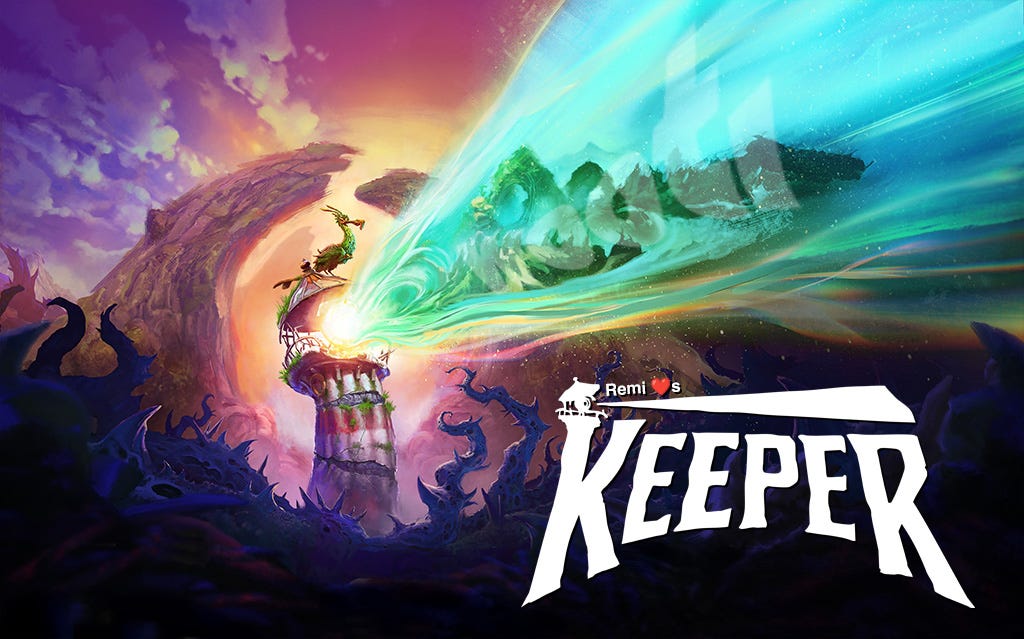
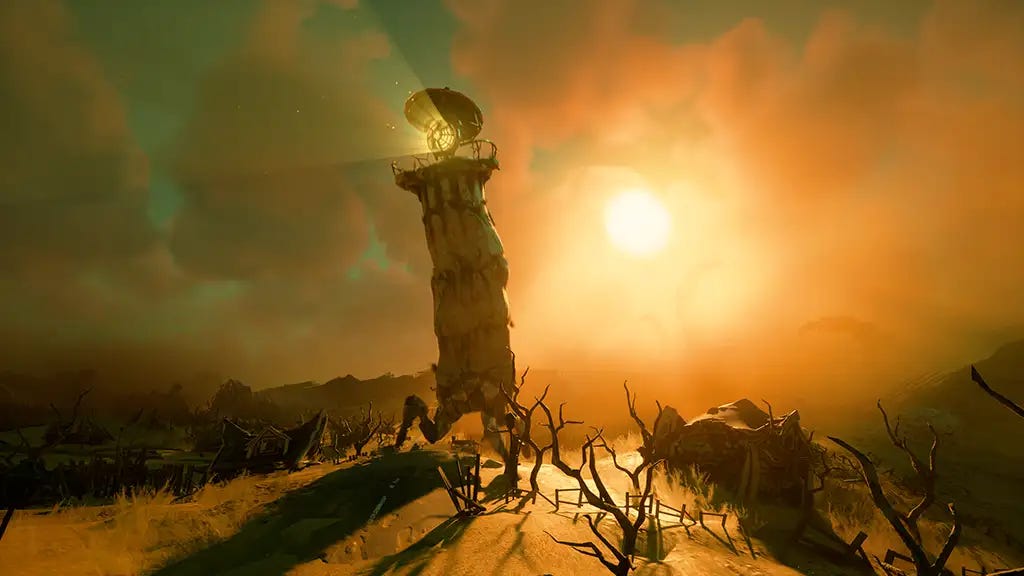
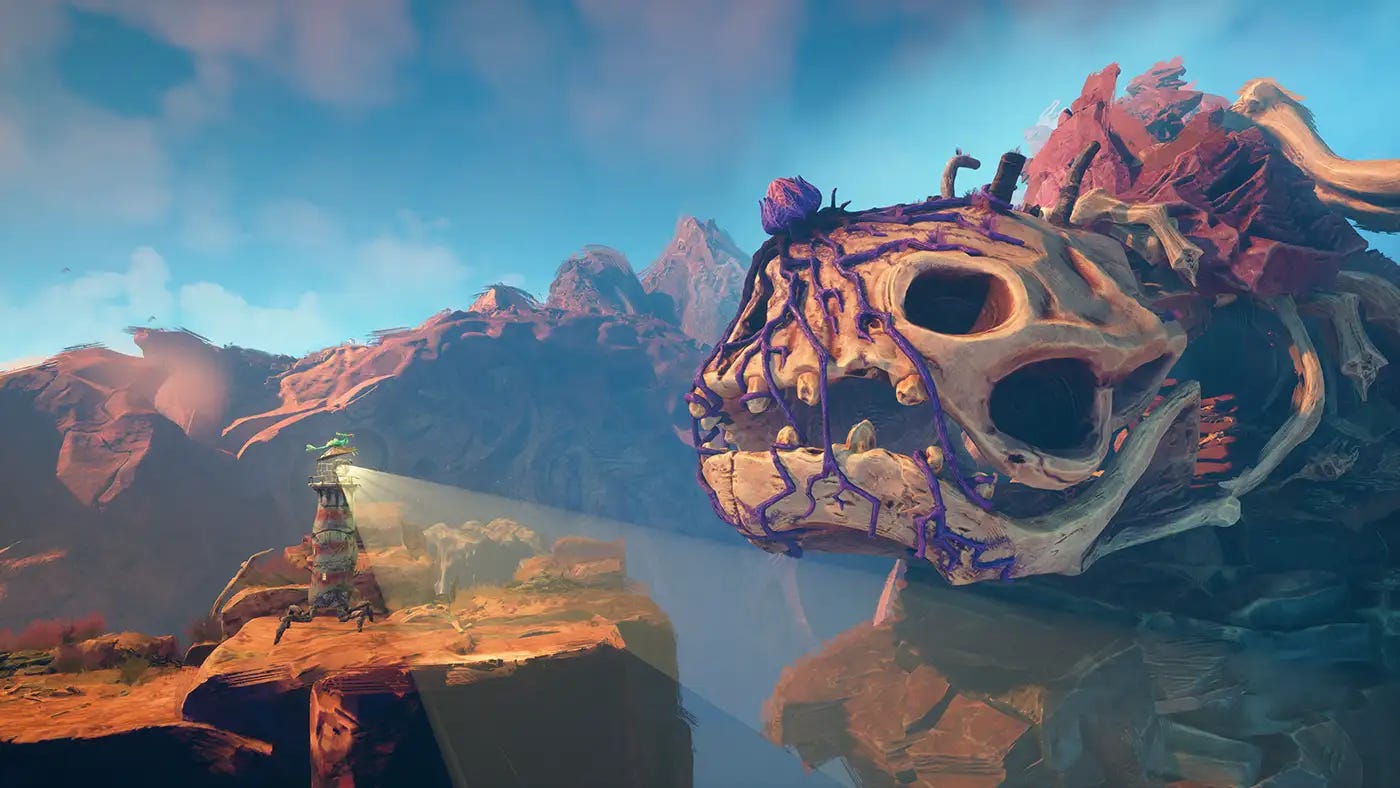
I'm a huge fan of Double Fine, so off I go to buy it. Thanks for the heads-up!